Tarpaulin Fish Pond (13ft by 13ft 4ft H) | 1000 Capacity
₦325,000.00
Description
A Tarpaulin Fish Pond (13ft by 13ft 4ft H) | 1000 Capacity is designed to accommodate up to 1,000 fish, depending on species, water management, and environmental factors.
Here’s a detailed explanation of its features:
Material and Durability of Tarpaulin Fish Pond (13ft by 13ft 4ft H)
- Tarpaulin Construction: Made from heavy-duty tarpaulin, which is waterproof, UV-resistant, and strong enough to hold a large volume of water without tearing or leaking. The material is flexible but sturdy, making it ideal for various climates and conditions.
- Frame Support: The pond is usually reinforced with metal (often galvanized) or treated wood frames to hold its structure and ensure durability. This ensures that the pond retains its shape and can support the weight of the water.
- Portability: Easy to set up, dismantle, and move to different locations, making it suitable for temporary farming setups or where flexibility is needed.
Size and Capacity of Tarpaulin Fish Pond (13ft by 13ft 4ft H)
- Surface Area: The pond has a surface area of 169 square feet, which provides sufficient space for a large number of fish. The additional size (compared to the 12ft by 12ft pond) allows it to hold more fish and promotes better water movement and oxygenation.
- Water Depth (3-4ft): The depth of 3-4 feet allows the fish to move freely and ensures there is enough water for proper aeration and nutrient distribution.
- Fish Capacity (1,000 fish): It can hold around 1,000 fish, but this figure depends on:
- Fish size and species: Fingerlings require less space, while adult fish need more. Over time, as the fish grow, stocking density may need to be adjusted to prevent overcrowding.
- Water quality: High stocking densities can be supported if the pond is well-aerated and filtered.
Water Management and Filtration of Tarpaulin Fish Pond (13ft by 13ft 4ft H)
- Water Volume: With its dimensions, the pond can hold about 4,000 to 5,000 gallons of water, depending on the height.
- Aeration: Adequate aeration is critical for fish health, especially when stocking at high densities. Aerators, such as air pumps or surface aerators, should be used to maintain sufficient oxygen levels.
- Filtration: Filtration is essential to remove waste and prevent the buildup of toxic compounds (e.g., ammonia). Biological and mechanical filters, as well as regular water changes, help keep the water clean.
- Water Quality Monitoring: Key parameters like pH (ideally between 6.5 and 7.5), dissolved oxygen, and ammonia levels should be monitored regularly to ensure a healthy environment for the fish.
Fish Species
- Catfish: Commonly farmed in tarpaulin ponds, catfish can be stocked at relatively high densities. They grow well under controlled conditions and benefit from good water management.
- Tilapia: A popular species for tarpaulin ponds due to its fast growth and tolerance of varying water conditions. Tilapia thrive in warm, well-oxygenated water.
- Other Freshwater Species: Depending on local conditions, species like carp, trout, or ornamental fish can also be farmed in these ponds.
Maintenance
- Cleaning: Over time, waste from fish feed and excretions can accumulate at the bottom. Regular cleaning or water changes are necessary to prevent the buildup of harmful substances.
- Durability: Tarpaulin is resistant to wear but can still be punctured. However, it can be easily repaired with tarpaulin patch kits if needed.
Advantages
- Cost-Effective: Compared to concrete or earthen ponds, tarpaulin ponds are significantly cheaper. They do not require complex construction and have lower setup costs.
- Easy Installation: Installation is quick and simple, often requiring only basic tools and materials.
- Portability: The pond can be moved to different locations if necessary, making it ideal for temporary or seasonal use.
- Scalability: If successful, multiple ponds of similar size can be installed to increase production capacity.
Stocking and Growth
- Stocking Rate: The pond can hold up to 1,000 fish under ideal conditions. However, careful monitoring of water quality and fish health is necessary to prevent overcrowding and ensure optimal growth rates.
- Fish Growth: As the fish grow, maintaining good water quality and feeding them a balanced diet ensures healthy development. In some cases, larger fish may need to be harvested or moved to prevent overcrowding.


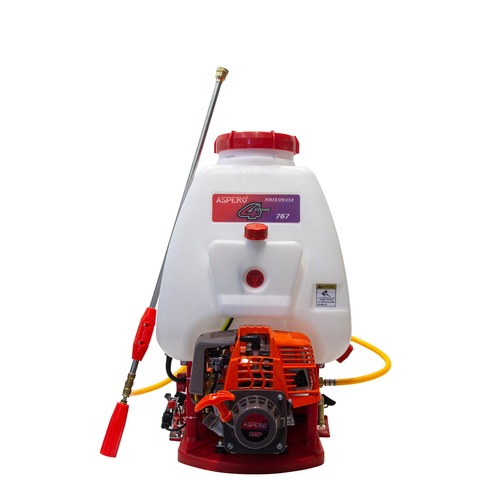
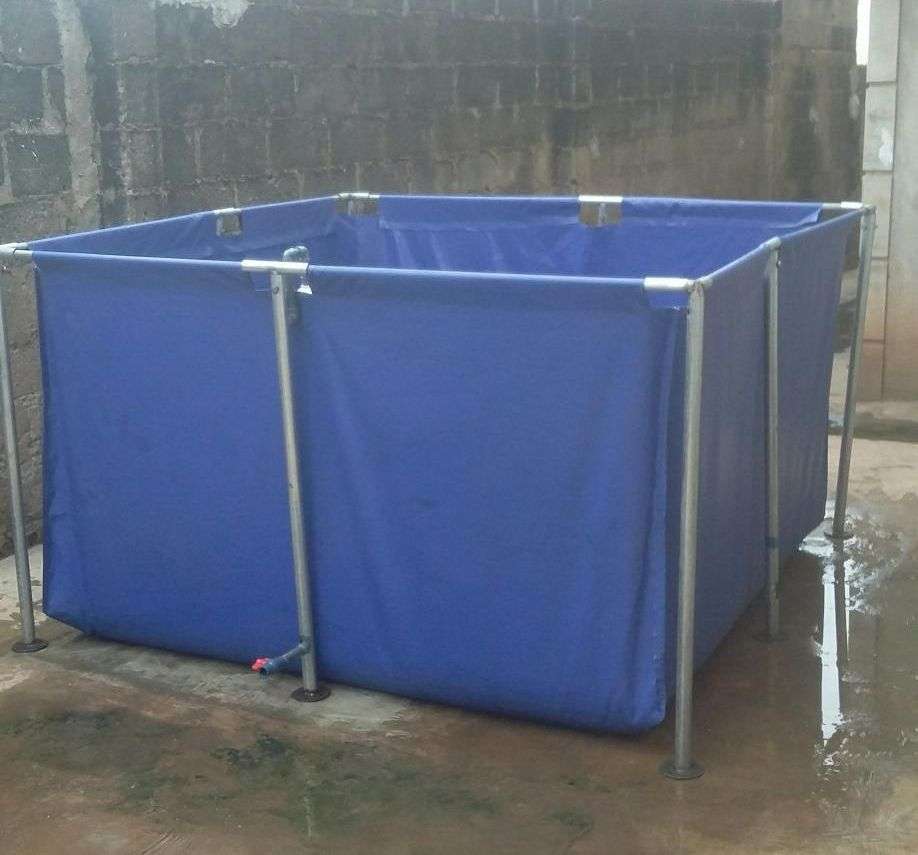
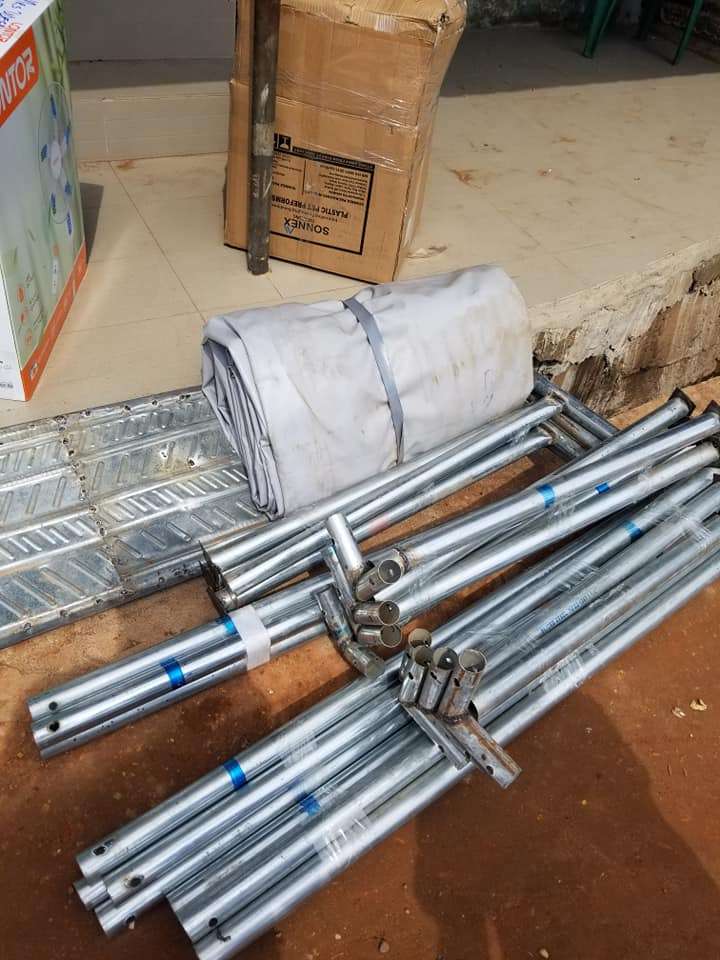
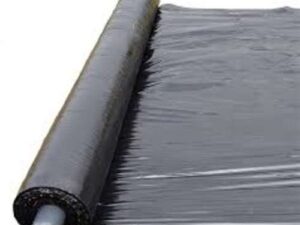
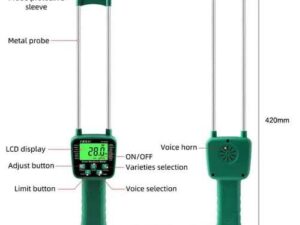

 JANUARY PROMO: Get amazing discount on all equipment purchased from now till the end of the year.
JANUARY PROMO: Get amazing discount on all equipment purchased from now till the end of the year.
Reviews
There are no reviews yet.